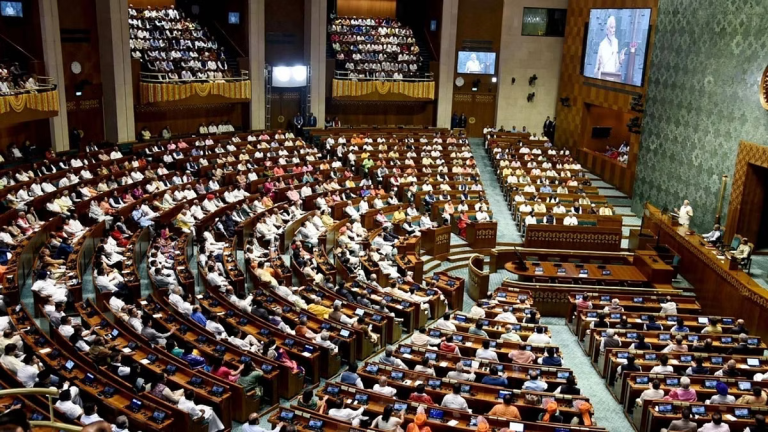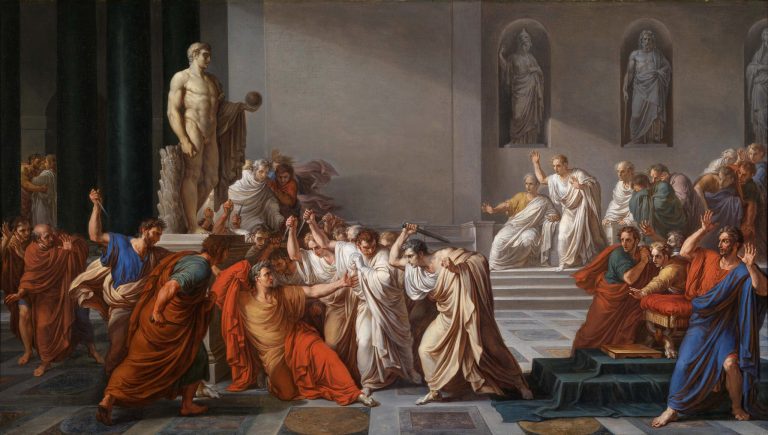Capitalism, where private individuals or corporations own and control means of production, has been the dominant economic system after the multiple industrial revolutions, starting off with the Dutch East India Company in the year 1602. Its existence has caused great distaste, especially among the socialists and communists. Nonetheless, some staunch capitalists themselves are complaining about the growing cronies in the system.
The problems of this economic system were greatly exacerbated after the 1980s, when President Reagan overhauled the fiscal policies of the United States. Deregulation: allowing firms to take actions without checks and balances. Gargantuan tax cuts for the wealthy ballooned the overall public debt, tripling the deficit from $995 billion to $2.9 trillion, just under his administration. Lack of implementation of anti-trust laws allows corporations to engage in anticompetitive behavior until this date. “Reaganomics,” due to its mass appeal as it used reduced spending, also known as austerity, to stimulate growth, was the economic principle in a lot of countries; however, some kept their welfare system like the social democrats of Europe. Thus, major economies shifted their focal economic agenda, borrowing ideas from across the Atlantic to stimulate growth in the short run.
In current times, the Russian model of a strong nexus between the state and a few industrialists is gaining greater traction around the world—the “oligarchy.”. It’s especially prevalent in emerging economies, which is detrimental in the long run. India, a country in the run to become the third largest economy in terms of nominal GDP and still having a per capita of just $2,400 USD, has the greatest concentration of wealth since 1961; with 119 billionaires and 70 new millionaires every day, the top 10% of the Indian population holds 77% of the total national wealth. 73% of the wealth generated in 2017 went to the richest 1%. Each sector in India has a stranglehold of a certain family or an individual, and most, if not all, have strong ties to the ruling dispensation, from Abani’s footprint in virtually all industries he would like to be in, the Adani family in infrastructure, ports, defense, and other commodities, the Jindal family in steel, the Poonawala family in vaccines, the Birla family in commodities, the Mittal family in telecom, and the Kotak family in banking, to the Murthy’s in software services. India serves as the epitome of growth from the top, not from the bottom—the trickle down of wealth just does not transpire.
Policies to favor the cronies have led to disinvestment in basic human developmental pillars of government expenditure like healthcare and education, but pleasing the common man with just meager welfare like a free ration without thoroughly educating their child and equipping them with proper healthcare is not a model for sustained long-term growth. As per the Mood of the Nation poll, 52% of the respondents articulated that they believe big businesses benefit from the government’s policies; the poor are not impaired by the realities of the day. The greatest testament to people’s mood is a democratically held election, and the government’s policies and the opposition’s platform of social justice, affirmative action, and the end to crony capitalism proved that the people do have angst against the Treasury benches, with the opposition gaining 77 seats in rural India, denying Mr. Modi a majority in a legislature for the first time in his three-decade-long career. If only the policymakers had had a holistic view and had an inclusive growth agenda, Mr. Modi would have won even more support among the marginalized. Toilets, rations, and nationalism with only wealth creation for the top are not enough; growth for all is vital.
My narration of the Indian story is due to the fact that it serves as a metaphor for what is prevailing in other developing countries, may it be Brazil, South Africa, Turkey, Indonesia, Mexico, Nigeria, and others. Cronyism could take place in a government on any side of the political spectrum. It depends on the system that allows it; is it strong enough to stifle the influence of a few private citizens in policymaking? that depends on the protectors of the institutions. Like regulatory bodies and the courts, in cases where they do have adjudicatory jurisdiction, the control of a few can be circumvented.
Policies as such, if continued to be followed, especially in countries where the per capita is lower than $15,00 USD, are a ballon in making; if exploded, it could devastate the whole economy; inclusion of all is sacrosanct; deducing of crony attitudes and delivery, delivery, delivery, in terms of individual human developmental long-term growth without exploitation via pricing, monopolies, and disinvestment will reduce the inequalities that sustain amongst the most deprived communities; capitalism is competition, not exploitation.






